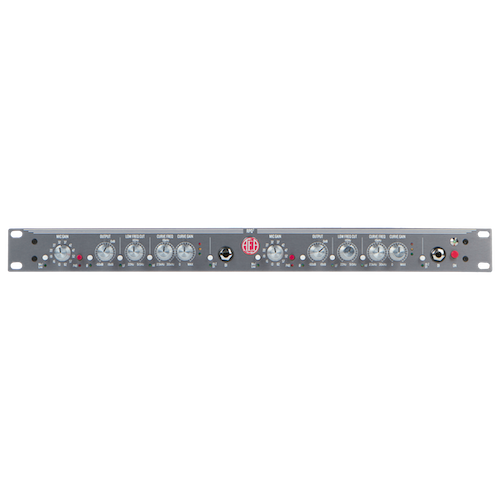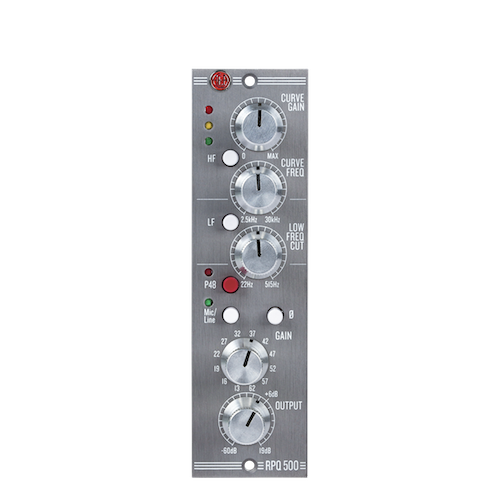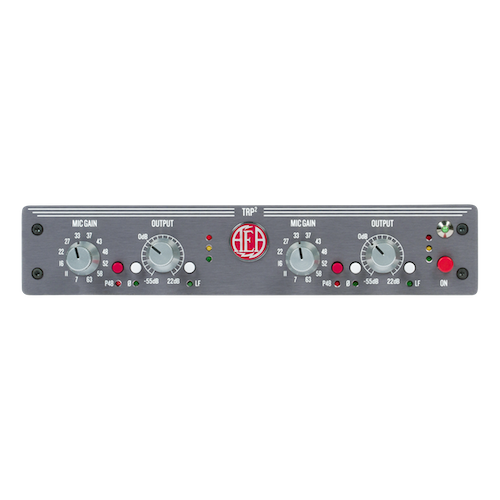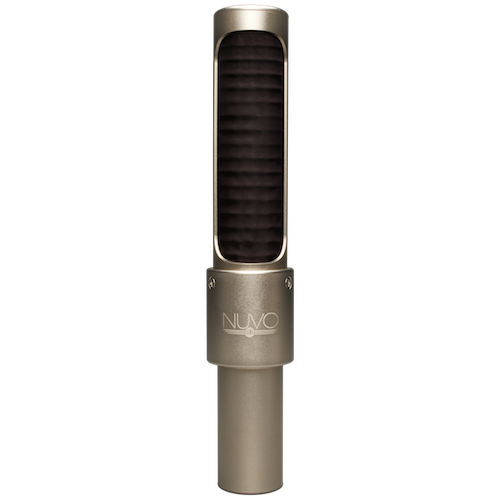Because of its balanced frequency response at close range, the R92 is ideally equipped to capture the sound of your toms and percussion instruments. Near-field design, balanced low-end, and pronounced mid-range make the R92 exceptional at imparting Big Ribbon character to the tonality your instrument while limiting room reflections.
The two sides of the R92 produce tonalities distinct from one another and provide your project with various tonal options; a bright front-side for high-end detail and a darker rear-side that rolls off high frequencies.

Close Miking
When recording a percussion instrument, a good starting point is to position the R92 at 2 – 16 inches away. The closer you move towards the source, the more bass you will get due to its proximity effect. If you find that there is too much low-end build-up, either pull the mic back further or angle it away from the instrument. Every percussion instrument is different and requires an understanding of where the sound is coming from. We always recommend listening to the instrument and discovering where the treble-to-bass ratio sounds best as well as the direct-to-indirect sound ratio.
The R92 is a near-field microphone, meaning it is meant to be positioned from 18 inches or closer to the source. It’s proximity effect kicks in at 2 inches away from the source giving you different options to use it creatively when capturing your instrument.



